Increased understanding of the microbiome-the community of microorganisms in our bodies-is challenging our long-running obsession with antibacterial measures. New approaches to staying healthy will be based on balancing the ecologies of microorganisms: think "bugs, not drugs." Indiegogo-funded uBiome is already helping people better understand their germs by sequencing the bacteria in their bodies.
SO WHAT?
This new understanding will likely lead to a new wave of probiotic products and perhaps even to seeding babies' guts with microbial life.

Morgan Walker/NPR
Microbiologists in Berlin have created a sugarless mint that's aimed at washing out cavity-causing bacteria from your mouth. And the candy works in a curious way: It's spiked with dead bacteria. It's probiotics for your teeth.
Sophisticated brain-imaging technologies and neural modeling using machine-learning algorithms are promising to enable measurement of subjective aspects of human experience. Neuroscientists can read visual images from brain activity. Assigning precise measurements to feelings like pain through neurofeedback and other techniques could allow for comparison, modulation, and manipulation of these feelings.
SO WHAT?
Direct measurement of our once-private thoughts and feelings can help us understand other people's experience but will also present challenges regarding privacy and definition of norms.

The Galvanic Extimacy Responder sensors read excitement levels and translate the data into a palette of affective colors. The high, bowl-like collar positioned with LEDs reflects onto the self for instant biofeedback, also acting as a tele-display or external blush for the other. Located around the larynx, the visual interface replaces speaking, as the wearer's truths are instantly expressed with color.
As the recent public debut of lab-grown meat hints, bioengineering technologies are transforming manufacturing. With biomanufacturing, heretofore associated with the development of pharmaceuticals and artificial organisms, new biology-based processes will do things that only machines have previously done. For example, scientists have recently been able to modify cells to act like fully functional computers.
SO WHAT?
People and organizations involved in manufacturing and production will face new competitive dynamics from bio-inspired processes and designs.
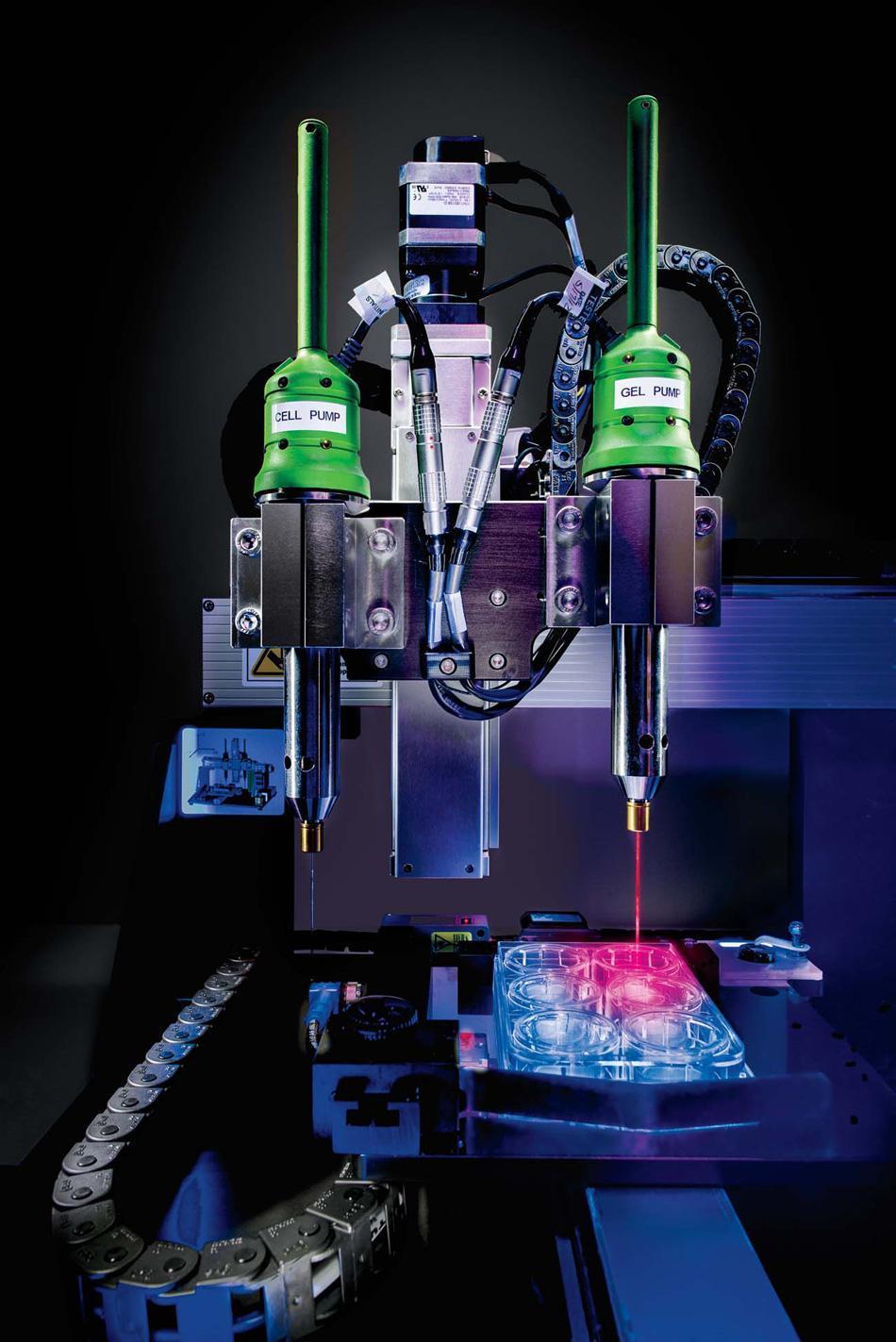
Companies like Organovo are moving toward commercialization of 3D-printed organs and tissues. Organovo designs and creates functional human tissues using proprietary three-dimensional bioprinting technology. Their goal is to build living human tissues that are proven to function like native tissues. With reproducible 3D tissues that accurately represent human biology, they are enabling ground-breaking new therapies.
No longer simply a way to virtualize enterprise IT or to expand storage capacity, cloud computing offers a more disruptive capability. It lends greatly expanded processing power to any computational project, from personal analytics on your smartphone to enterprise simulations for the firm. Moreover, as powerful computation becomes ever more embedded in everyday objects, the internet of things will also run on this cloud supercomputing network.
SO WHAT?
As access to cheap, scalable supercomputing in the cloud becomes available to any device or app whenever, wherever, it will be put to new uses as a problem-solving tool even in geographies with resource constraints.
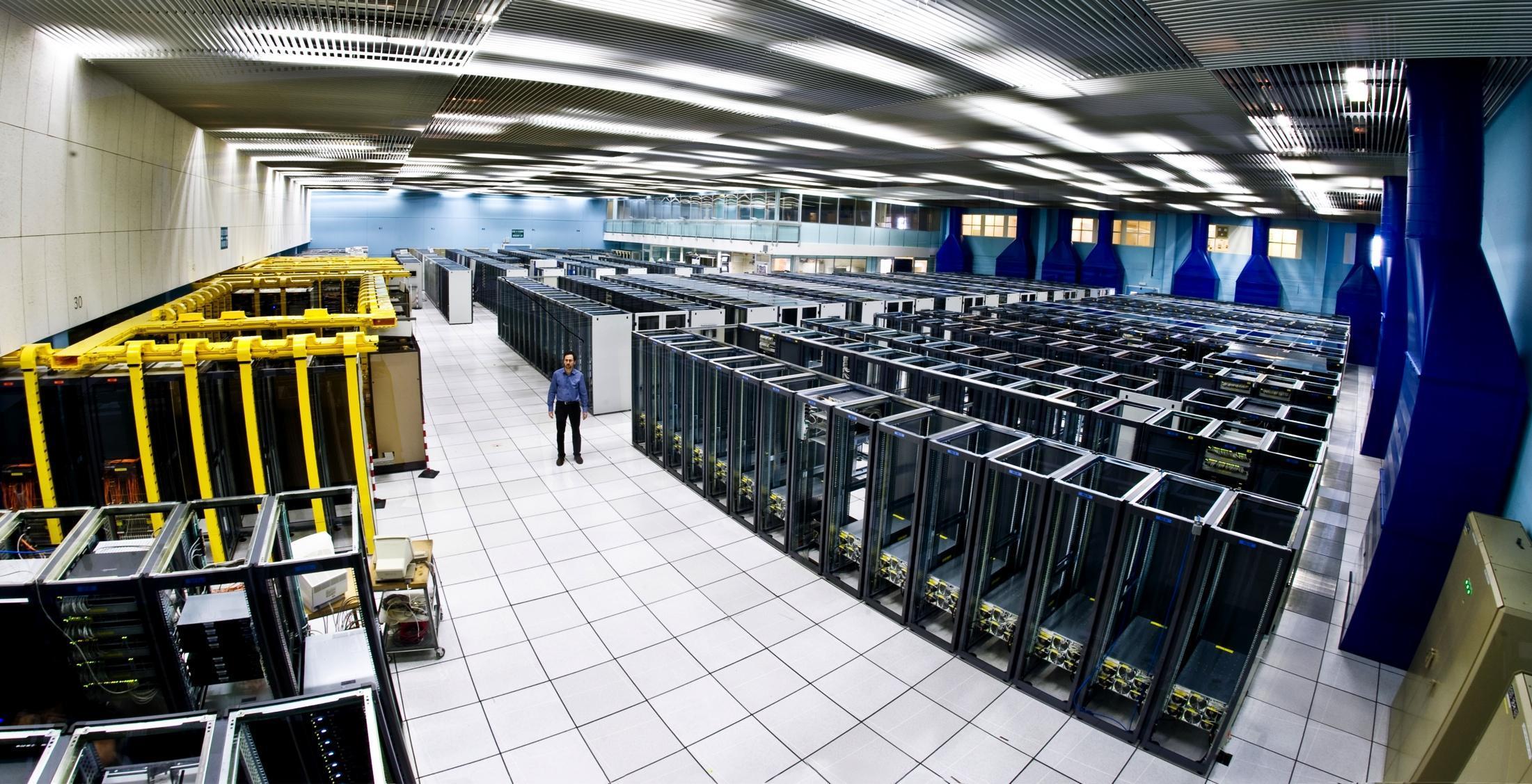
Amazon's High Performance Computing cloud service enables anybody with the need for supercomputing power to rent time on Amazon's machines. Amazon is one of many companies offering rented time for supercomputing.
While technology has traditionally served to connect us in a shared reality, wearable and embedded devices will increasingly allow for our fundamental perceptions to radically diverge. The coming generations of augmented reality and brain-computer interfaces will shape our views according to highly personalized filters. Ultimately, this could create a world where each individual lives in his or her own digitally layered reality.
SO WHAT?
Polarization and miscommunication will increase as shared context becomes scarcer, while people and organizations that can clearly communicate across perceptual layers will gain value.
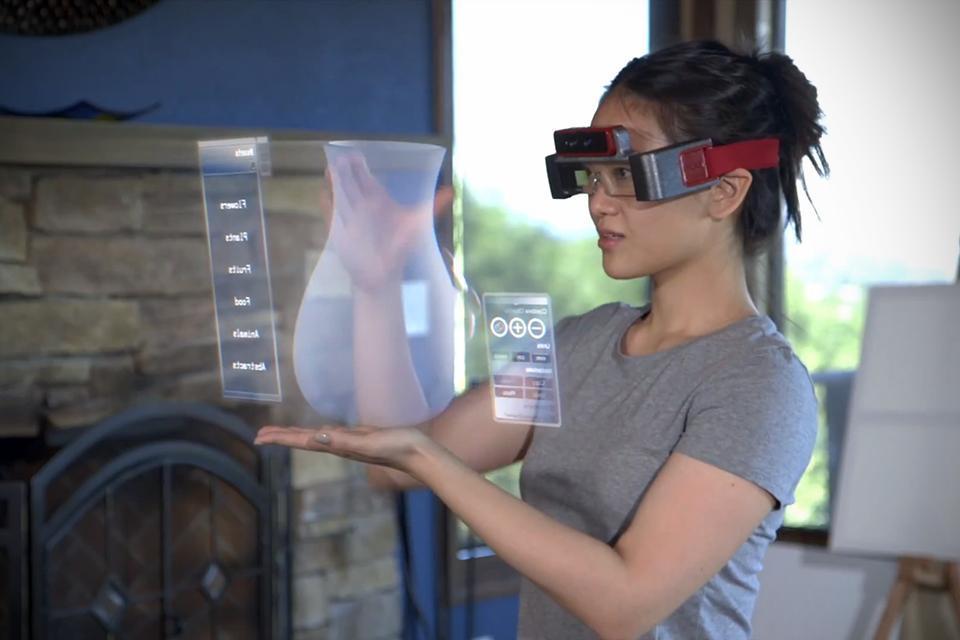
Space Glasses are arguably one of the world's most advanced interfaces. They contain dual-lens projectors that enable the wearer to visualize 3D images juxtaposed over reality. Front-facing cameras enable the wearer to use their hands to interact with the virtual world.
Virtualization and wearable computing devices will combine to create a new wave of social technology. The Oculus Rift, a virtual reality headset for 3D gaming, already allows users to virtually explore real environments from the perspective of a child, and wearable recording devices are beginning to capture the details of everyday life.
SO WHAT?
While offering the possibility of amplifying compassion, this new technology also raises privacy issues and creates nearly endless marketing and customization opportunities for enterprises.
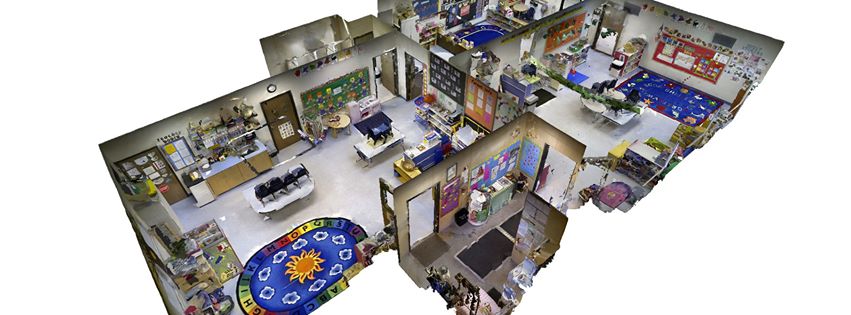
Matterport camera scanning can create of 3D models of real interior spaces. For example, they scanned a kindergarten to generate a 3D virtual model that viewers wearing an Oculus Rift headset can walk through. The camera height in the virtual world can be adjusted from 3 feet (the height of a kindergartener), to that of a full grown person.
Network processing power is concentrated today at the core (in the cloud) and on the periphery (in end-point devices), but we will see increasing intelligence at intermediate processing points. New "hotspots of smart" in our communications network infrastructure will facilitate seamless local interactions between diverse networked people and things.
SO WHAT?
Geography matters in localized processing. Physical spaces with access to intermediate processing can be made smarter than those with access only to traditional networks.

Intel's new Edison chip may power the future of wearables and Internet of Things. It's designed to function as hyper-cheap but hyper-capable processing, perfect for wearable tech, such as clothing for babies designed to measure vital signs. The same technology may be the 'limbs' of the smart house of the future, in which centralized processing within the home will help make sense of and organize all data.
Early Internet technologies allowed a freer, more open way of communicating. That transformation naturally led to a revolution involving commerce. We are on the brink of the next Internet revolution: coordination. Start-ups and technologies will rush to map and activate spare capacities and resources-from human skills to legacy assets- in massively coordinated efforts.
SO WHAT?
A striking variety of approaches to coordinating everything from r target="_blank"esource sharing to complex workflows will upend twentiethcentury models of commerce, work, learning, and productivity.
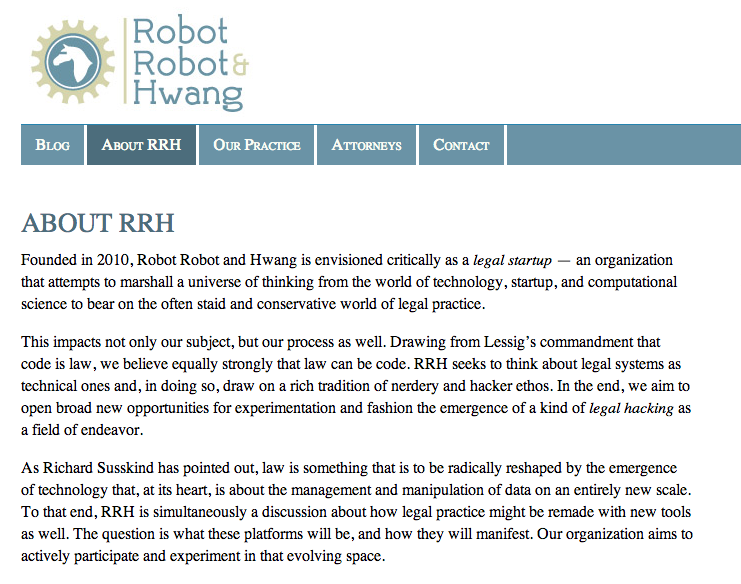
Robot, Robot & Hwang is an experimental law firm that explores the automation of law through artificial intelligence. Many forms of law can be entirely automated, the same way that a factory can be automated.
With sensors and programmable devices everywhere, law enforcement will become embedded in the environment. It might soon be impossible for people or machines to do illegal things, a scenario that many enforcement agents prefer. For example, the EU has proposed that cars be designed so that they cannot exceed about 70 mph.
SO WHAT?
Governance is shifting from reliance on individual responsibility and human policing toward a system of embedded protocols and automatic rule enforcement.
Read more in the Code Becomes Law blog post.

The EU is discussing building cameras on all vehicles that interface with the vehicle's brake system. The camera would observe road speed signs and then automatically apply the brakes if the driver attempted to exceed the speed limit in that zone.
Improvements in the production of graphene (a two-dimensional material consisting of a nanoscale honeycomb lattice made of carbon atoms) are laying the groundwork for vastly more effective energy systems, faster chip architectures, stronger plastics, more accurate sensors, and batteries that last. Manufacturing challenges still exist, but teams of researchers at Stanford, MIT, and Harvard have found methods using DNA to scaffold the construction of molecularly perfect graphene structures.
SO WHAT?
Graphene supermaterials have the potential to revolutionize materials science, creating artifacts that can do seemingly magical things.
Read more in the Sparks Of A Nanorevolution blog post.
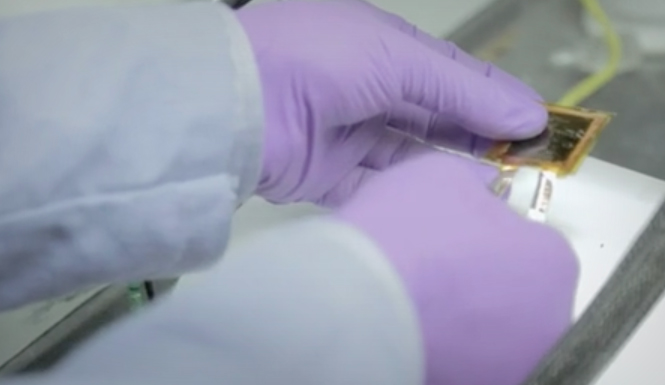
Scientists at UCLA have found a way to use graphene's super-conductive abilities to create batteries that charge quickly (for example, charging an iPhone in 5 seconds), are incredibly inexpensive to produce, and are non-toxic.
Supermaterials currently under development will transform consumer electronics as we know them. Memristors, for example, will soon allow designers to create devices with memory systems that function more like a brain. Further out, energy-efficient technologies and supercapacitors could dramatically improve battery performance.
SO WHAT?
We have become used to basic limitations in the way electronics work, but many future electronic systems will be limited only by our own imaginations.
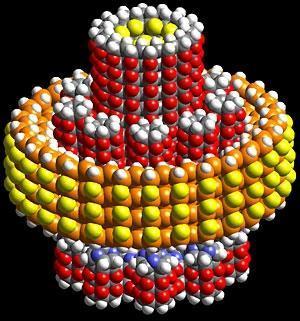
Scientists at the University of Edinburgh have built nanomachines that are less than 1/80th the thickness of a human hair, which generate electric current using only local heat or movement. These nanomachines may power next-generation microcomputers that are almost smaller than the eye can see.
Waste materials will become increasingly valuable as new technologies offer better ways to extract reusable substances like rare metals from discarded products. Global energy demands will revitalize the waste and recycling industries. Already, industrial-scale systems are under construction by companies such as Enerkem in cities worldwide to convert nearly all local landfill waste to energy.
SO WHAT?
Traditional landfills will be our mines of the future as new standards, incentives, and technologies emerge to prolong the life cycle of materials and supplies.
Read more in the Waste Mining Pushes Against Planned Obsolescence blog post.
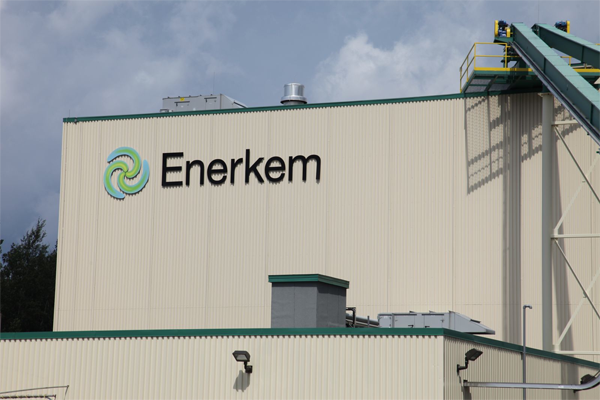
Enerkem's goal is to convert nearly all local landfill waste to energy without burning to produce biofuels and green chemicals. The company has facilities under construction in cities worldwide.
With efforts under way to commercialize spaceflight, governmental organizations will become customers of entrepreneurial ventures around medicine, manufacturing, and surveillance funded by private industry. This decade's space race will be between companies like SpaceX jockeying for NASA contracts, third parties such as biotech firms seeking to do microgravity medical research, and private outfits like Virgin Galactic cashing in on a boom in space tourism.
SO WHAT?
The first space race drove breakthroughs in science and technology that eventually trickled down to civilians. This one, springing directly from the private sector, will likely accelerate R&D and commercialization of new technologies developed for, or in, space.
Read more in the New Space Race Yields Innovations On Earth blog post.
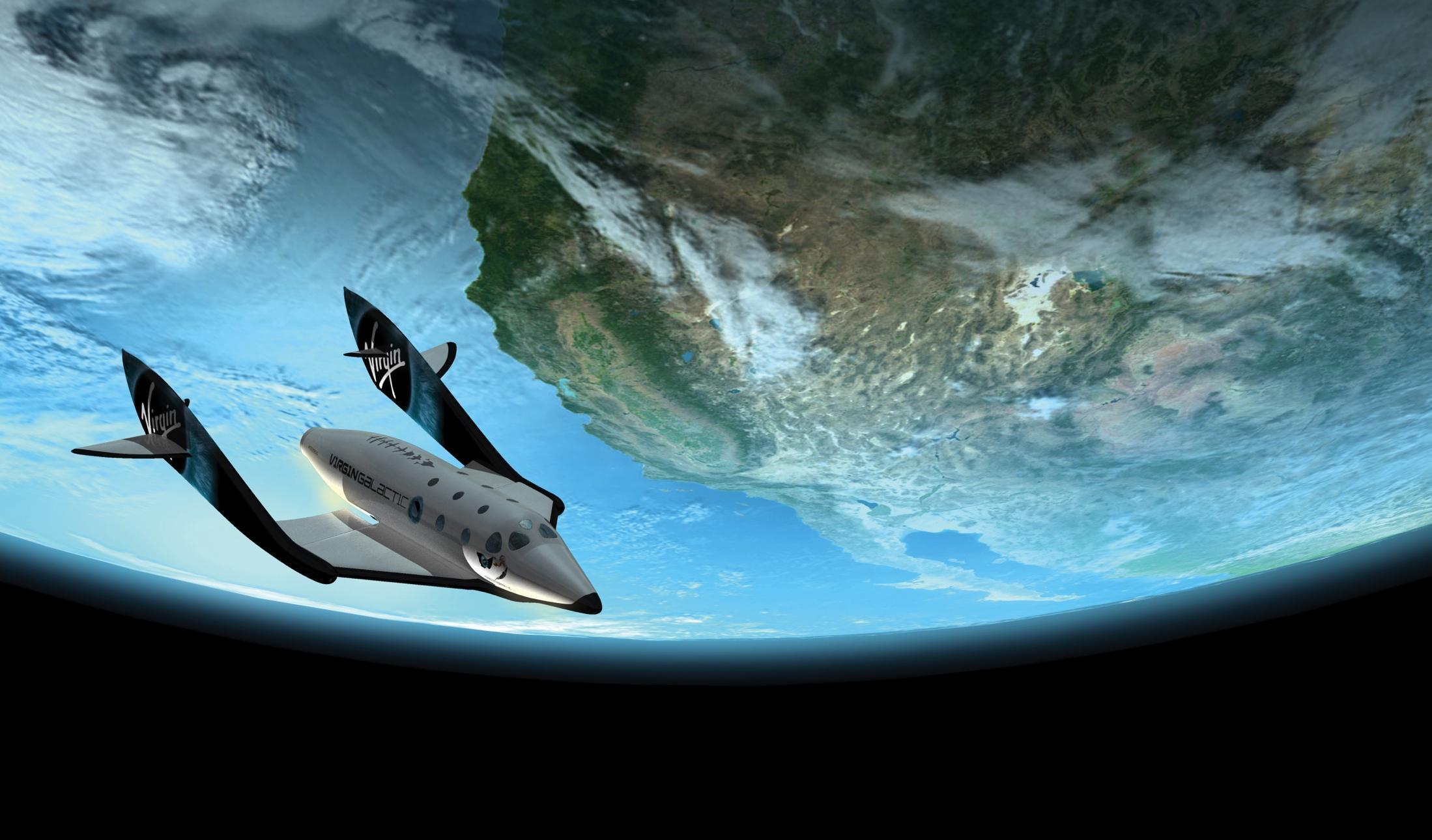
Virgin Galactic plans on offering commercial space flights for $250k, as well as offering researchers the opportunity to perform experiments in 0G for up to 4 minutes at a time.
Rapid innovation in mobile commerce, autonomous vehicles, detailed urban traffic models, and routing algorithms will begin to string together end-to-end solutions to route actual things where and when they are needed. Google's autonomous car project and early experiments with drone-based delivery services will finally be commercially deployed.
SO WHAT?
Supply chains will become far more complex supply webs, and people will be able to access things in real time through many more channels.
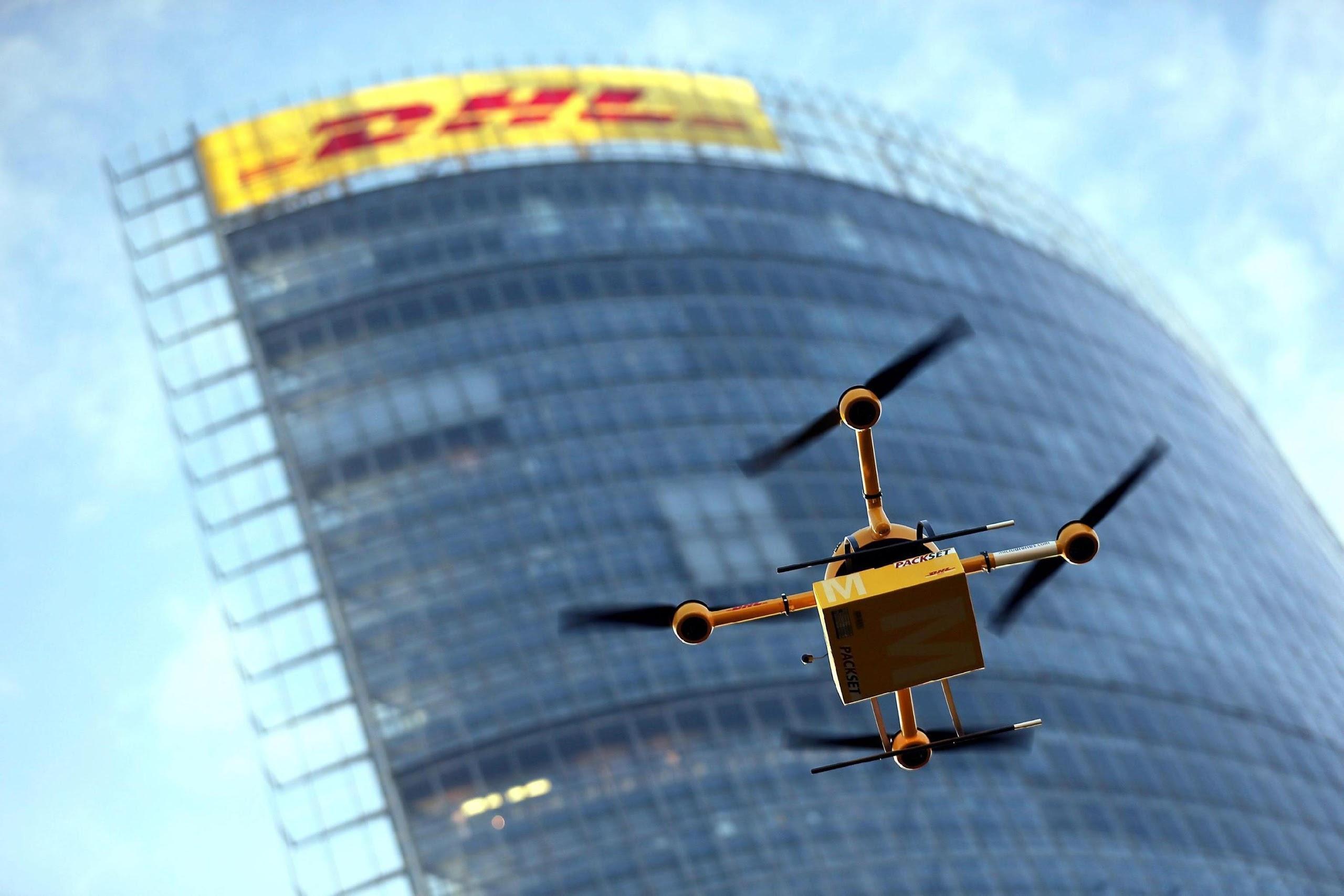
www.rainews.it
Amazon Prime Air is an experimental project from Amazon's R&D lab that will offer package delivery through automated drones. The project is currently not active, as commercial drones violate the FAA (Federal Aviation Authority) legal guidelines. The concept video for Amazon Prime Air was shot in Canada.
On the factory floor, humans will learn to work alongside robot colleagues that augment and extend human capabilities. Already, BMW is testing "collaborative robots" in its factories that, for example, glue parts together that are held in place by more precise human fingers. Kiva Systems is automating the warehouse floor with robots increasing human productivity. And "social robots" are aiding health-care workers and caregivers in homes and hospitals.
SO WHAT?
We'll rethink what it means to be human in a world remade for machines and embrace the opportunity to do what we're uniquely good at while leaving the rest for the machines.
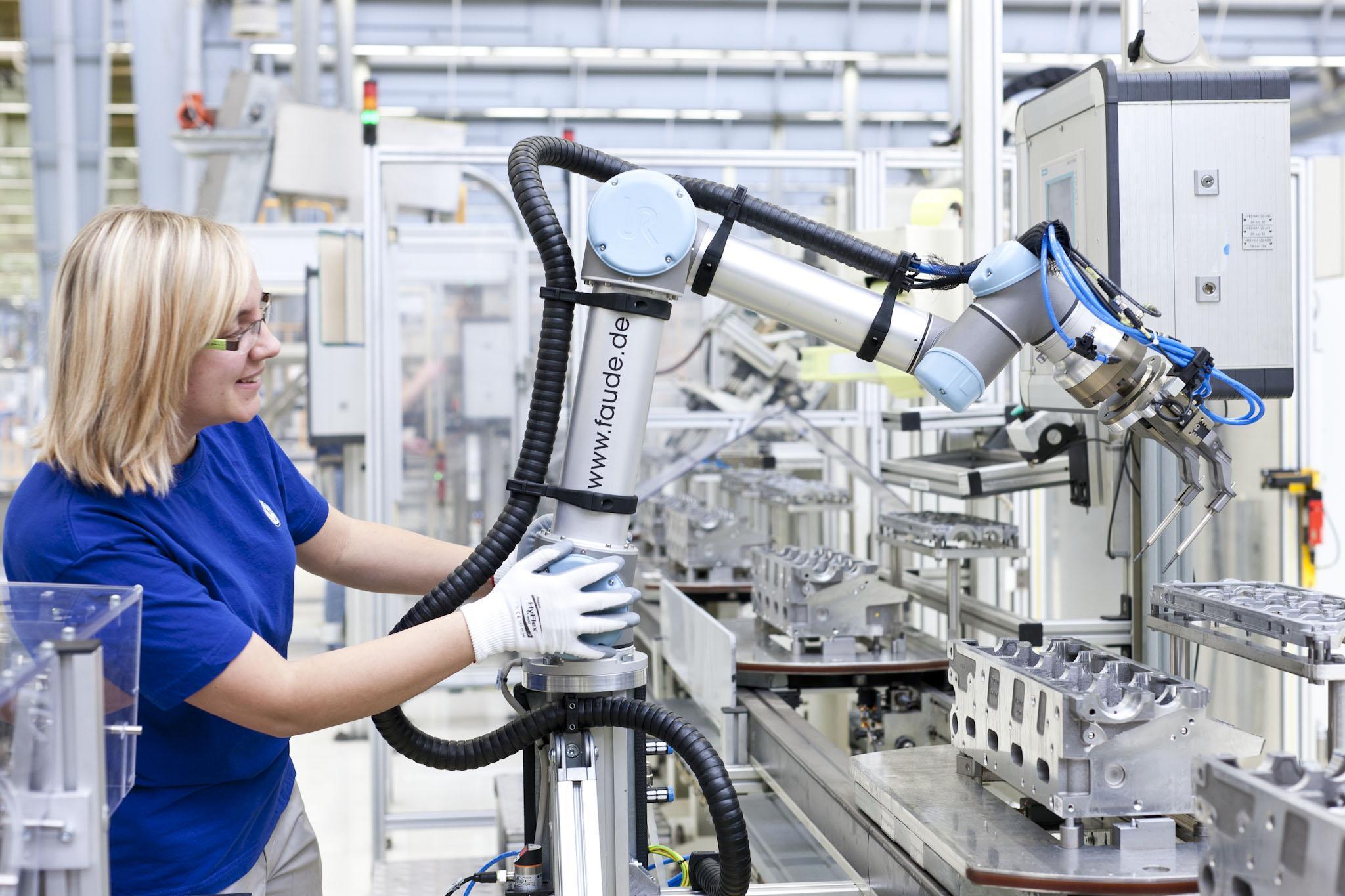
Forbes
In Germany, robots are working alongside humans in factories. Thanks to smarter technologies that prevent robots from accidentally hurting people, factory robots can work alongside people. These robots focus on highly repetitive tasks, allowing humans to focus on tasks that require customization.
As the smart grid begins to take shape, a big push is emerging for more localized energy production. The idea is to deploy cheaper and more climate-friendly solar, wind, and fuel cell technology at the neighborhood scale, with smart routing and storage. Watch for widespread decentralization of energy grids as digital intelligence and renewable energy technologies drive power production to the edges of our networks.
SO WHAT?
Complicating the debate about sprawl and land use, this shift could mean that-as at least one study argues-suburbs are the most sustainable use of land for distributed solar.
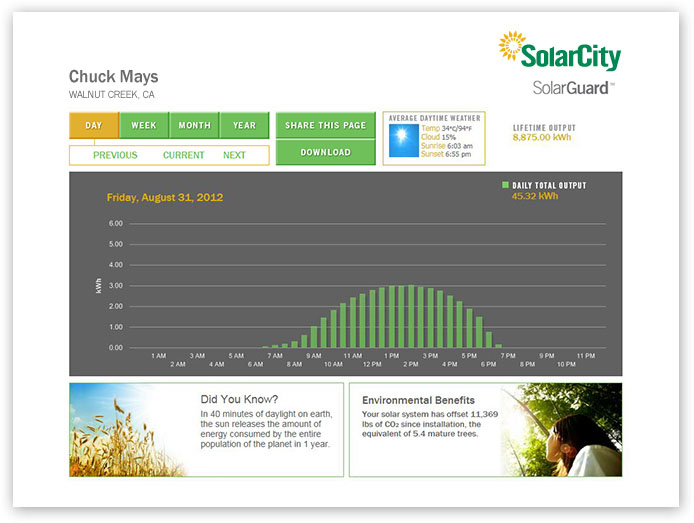
SolarGuard, a product provided by SolarCity, enables domestic energy producers to measure and monitor the output from their home's solar panels.
As sensing and computing become available all the time everywhere, organizations that can create machine intelligence tools and operating practices to blend massive amounts of data from many target="_blank" sources will move to the forefront of innovation. They will have a competitive advantage through amplified decision support and complex task management as well as new insight into market dynamics and hidden forms of value.
SO WHAT?
The collection of "big data" has gotten a lot of attention, but the organizations that figure out how to unlock insights by fluidly blending data from many target="_blank" sources will be best positioned to serve their market and stakeholders.
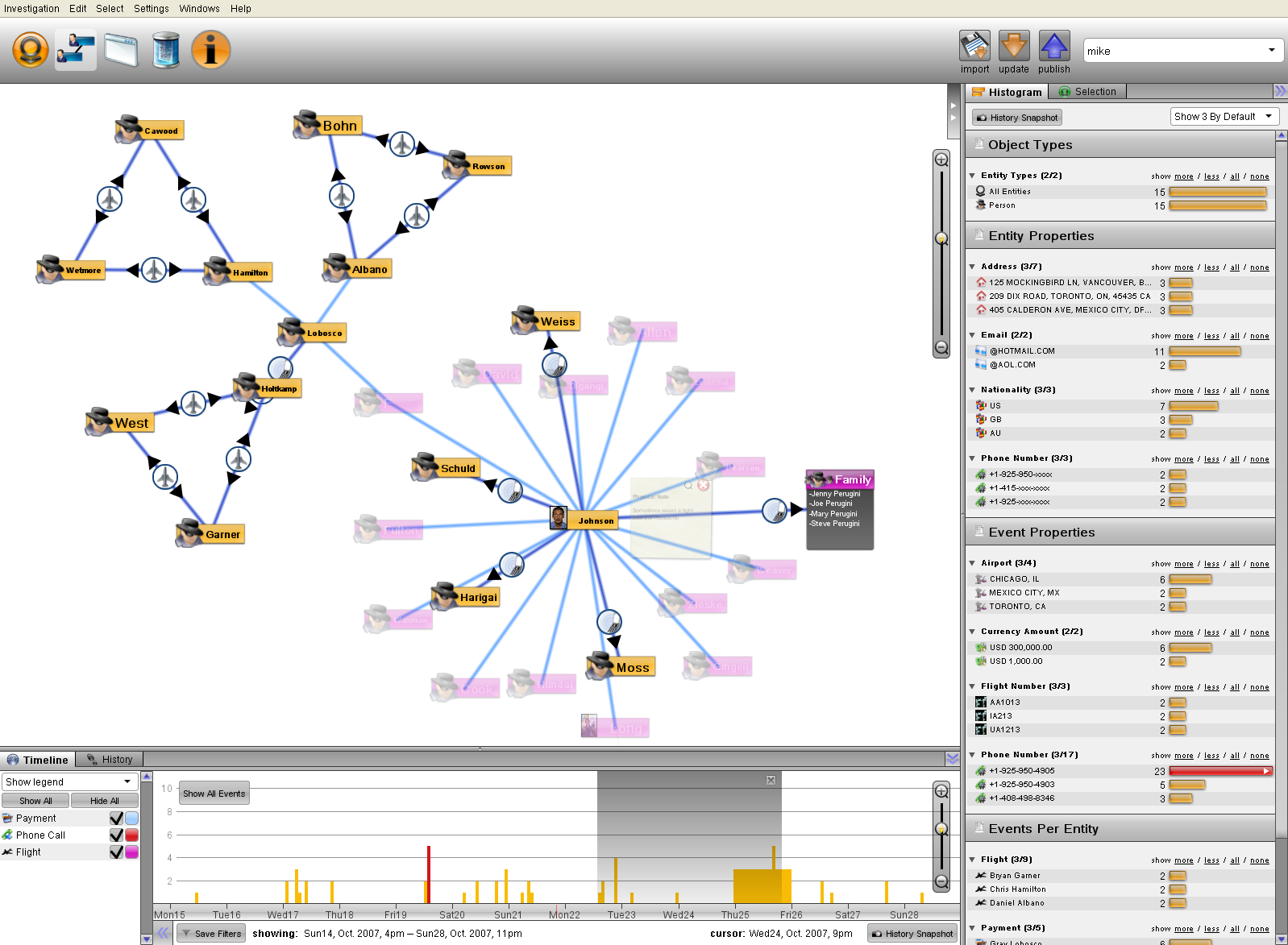
Palantir offers a suite of software applications for integrating, visualizing, and analyzing the world's information. They support many kinds of data, including structured, unstructured, relational, temporal, and geospatial. Palantir's services are broadly deployed in the intelligence, defense, law enforcement, and financial communities, and are spreading rapidly by word of mouth into applications in other industries and realms of impact.
Over the coming decade, we will see more specialized networks established as an alternative to the Internet as we know it. For example, the emergence of services built into the hardware layer of new network topologies shows promise. This arrangement could dramatically reduce downtime and lead to new smart grids, inexpensive but high-quality video conferencing, and faster financial transactions and swarm computing clusters. Since existing Internet infrastructures will limit many of these possibilities, we will likely see additional fragmentation through tailor-made sub-networks. Your experience of the Internet will fragment too as entirely new Internets-from finances to health-emerge to leverage flexibility, efficiency, and security gained in new network arrangements.
SO WHAT?
Matching more specialized networks to specific applications will be a functional challenge for organizations, individuals, and network providers. There will be no single Internet but many Internets.
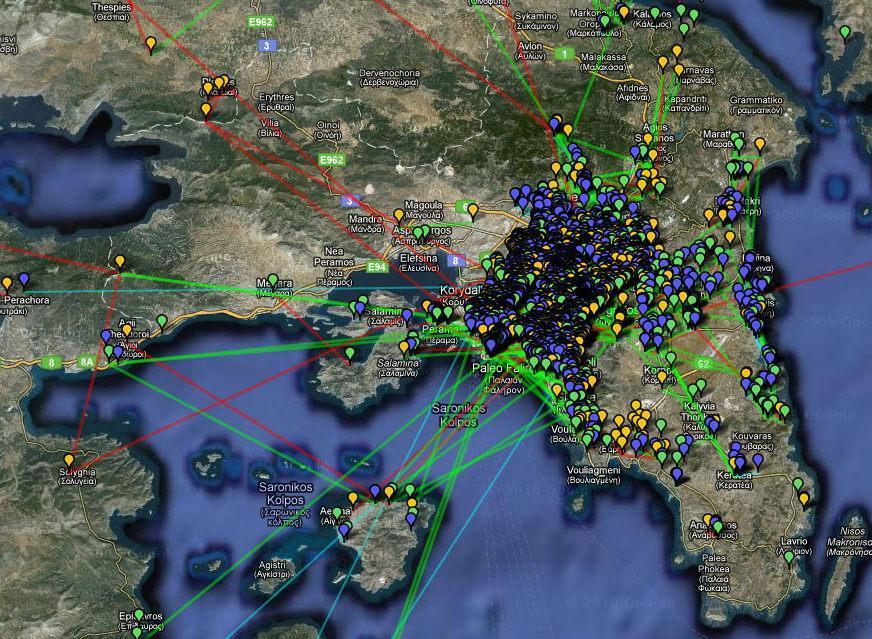
An ad hoc network infrastructure that can be set up by anyone, mesh networks wirelessly connect computers and devices directly to each other without passing through any central authority or centralized organization, such as phone companies and ISPs. Mesh networks can automatically reconfigure themselves according to the availability and proximity of bandwidth, storage, and so on; this is what makes them resistant to natural disasters and other interference. Dynamic connections between nodes enable packets to use multiple routes to travel through the network, making these networks extremely robust, and the only way to shut down a mesh network is to shut down every single node in that network.
Computation will continue to move away from single-user desktop applications and toward a rich variety of novel forms and architectures. Ultimately, as machine-to-machine systems mature, these digital systems will interact with each other far more than with human users and will cooperate in new ways. MIT researcher David Rose frames this shift as a transition from traditional computation toward a world of "enchanted objects."
SO WHAT?
To a large extent, new computation technologies will revolve around finding ways for computers to connect and communicate with each other without people getting in the way.
Read more in the Machines Get A Social Life blog post.
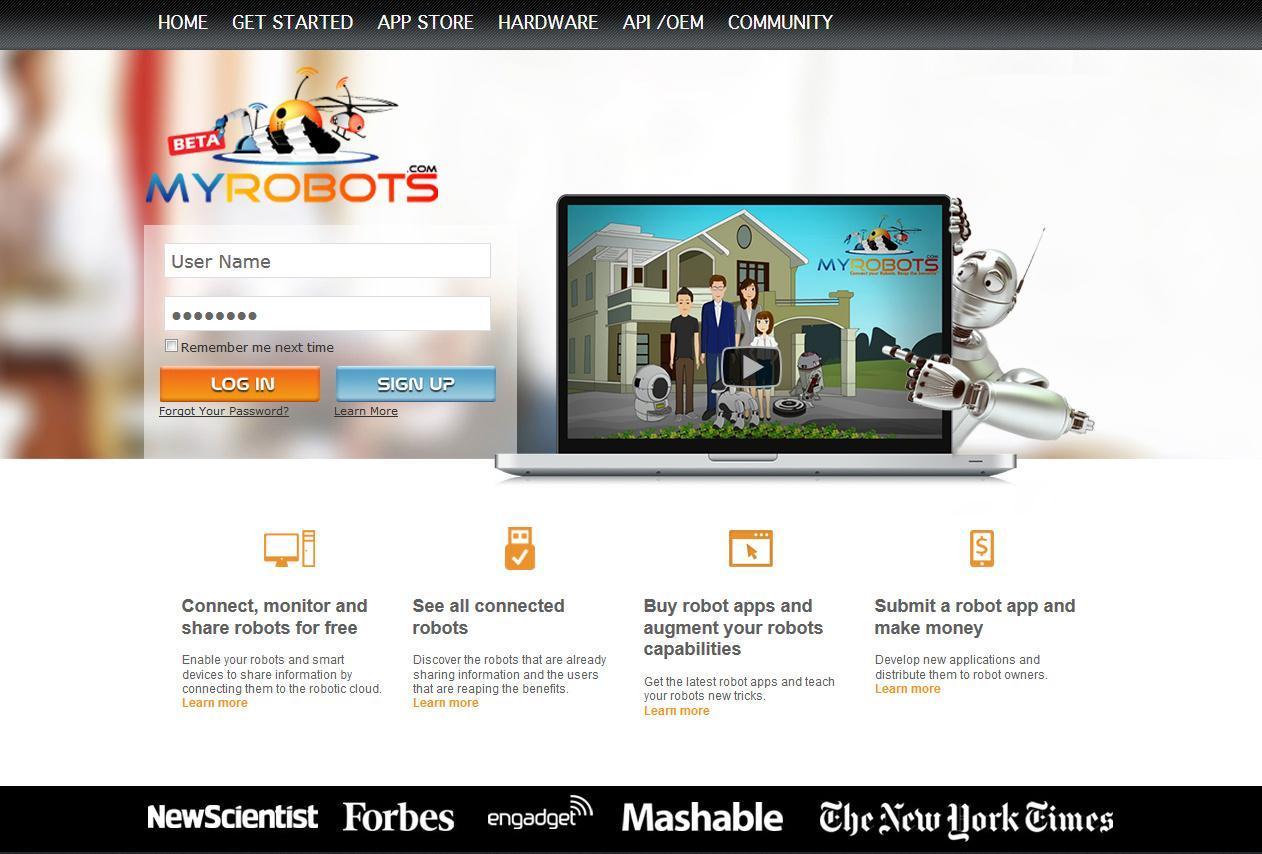
MyRobots.com enables users to connect their robotic devices to the cloud, creating a single platform where Internet-connected devices and robots can push data for users to easily monitor and track them.
As prediction algorithms are deployed to detect geo-political and financial discontinuities, they will increasingly be designed to anticipate and outdo one another. Once these bots are empowered to act upon and adjust our increasingly critical connected systems-such as global markets, smart cities, and social networks, competing programs could create chaos. Financial trading algorithms, for example, have already been implicated as the cause of market "flash crashes."
SO WHAT?
Chaos caused by competing algorithms could thwart our ultimate goal of fine-tuning systems to avoid potential problems.
Read more in the Risks Of An Algorithm Arms Race blog post.
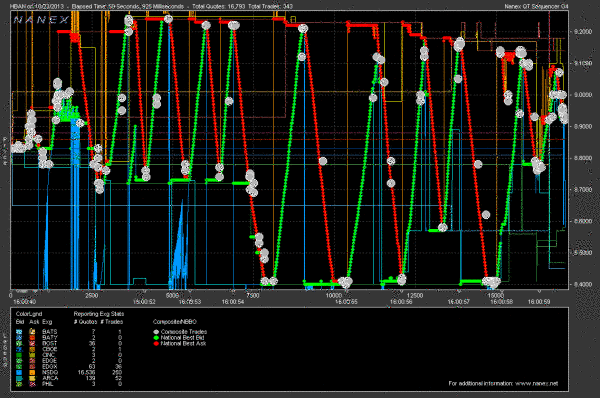
Executed often enough and with a high enough investment, high-frequency trading algorithms can lead to serious profits for the investment firms that have the wherewithal to run them. These algorithms trade with minimal human supervision and have been blamed for a number of unusually violent swings that have taken place in the stock market.
In one example, after the AP's Twitter feed was hacked allowing hackers to tweet, "Breaking: two explosions in the White House and Barack Obama is injured." Trading algorithms then picked up the tweet and sent the stock market into a mini crash. The Dow Jones dropped more than 1% in a single day.
How to use the 20 Combinatorial Forecasts map
 These 13 territories, or frontiers of innovation, define the landscape of the map. Each forecast shares common ground and takes place at the intersection of up to 4 territories.
These 13 territories, or frontiers of innovation, define the landscape of the map. Each forecast shares common ground and takes place at the intersection of up to 4 territories.
- Develop your own insights about how forecasts impact each other
- Anticipate the future by identifying which territories on the map are most transformative or disruptive to YOUR future